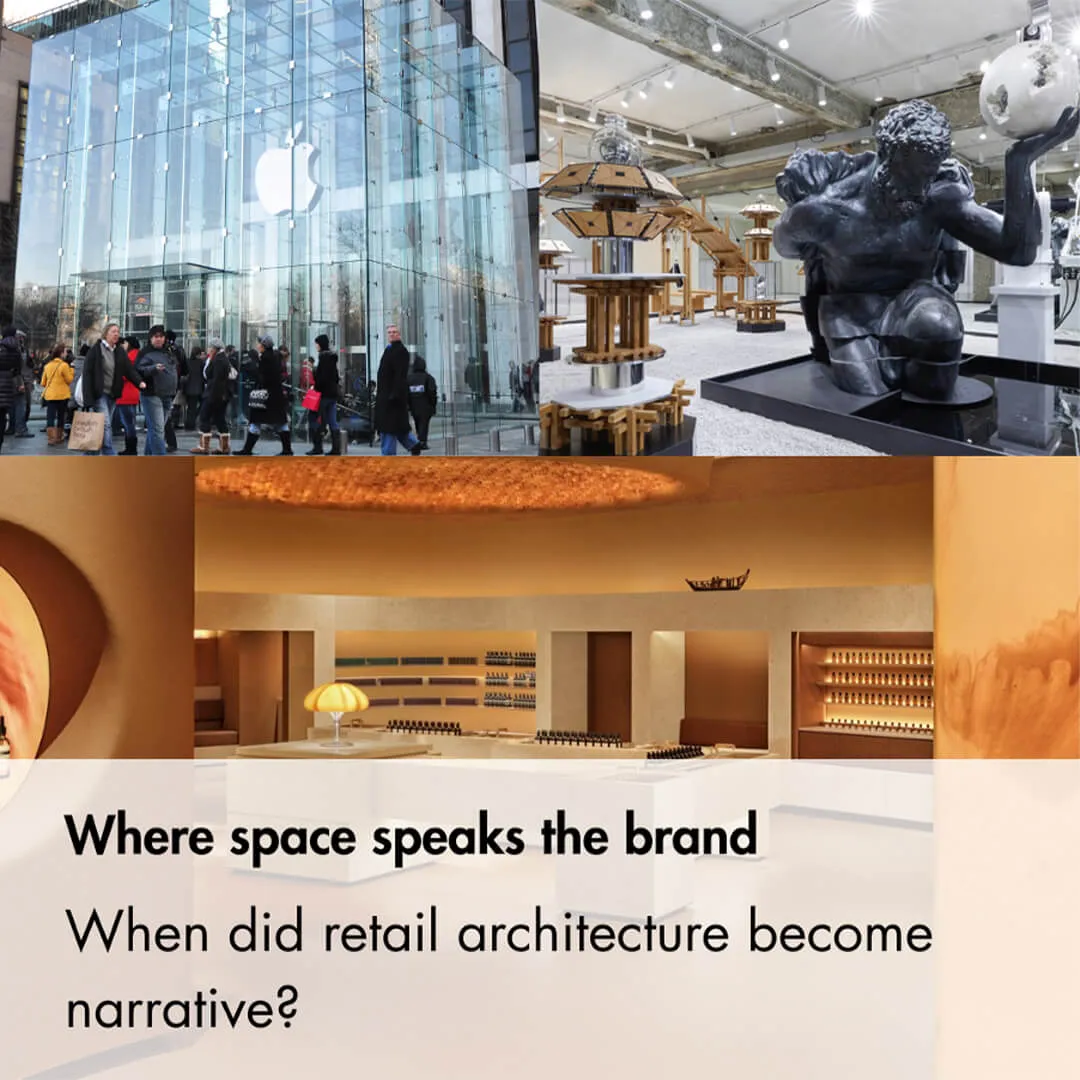
Contemporary retail architecture has ceased to be a backdrop for products. It has become their story.
Step into Apple’s glass cube in New York, wander through Gentle Monster’s concept store in Seoul, or immerse yourself in Aēsop’s sensory minimalism, and it becomes clear that space has become a new medium.
Architecture in retail is no longer construction - it is communication. Every line, light, and texture forms part of a campaign that continues long after the customer leaves the store. The era of “Instagrammable” interiors has evolved into narrative architecture - the fusion of light, sound, and technology into a coherent brand experience.
Buildings are no longer static. They are programmable, responsive to movement, mood, and time of day.
As attention has become a form of currency, retail space now competes with the screen. Consumers no longer “pay” for products, but for the emotions they experience. That’s why the best brands create places that tell stories - not advertisements.
At Nike’s store in Singapore, digital walls and dynamic lighting create a living stage of sporting energy. Meanwhile, Lagardère’s project in Abu Dhabi demonstrates how technology can merge seamlessly with form - curved LED installations have become an integral part of the architecture.
It is a new language of communication.
Architecture is becoming its own medium - a platform, not packaging. Soon, façades will function as screens, and interiors will become interfaces for augmented reality. Where once we built walls, we now build stories.
Brands that know how to speak through space have no need for billboards.